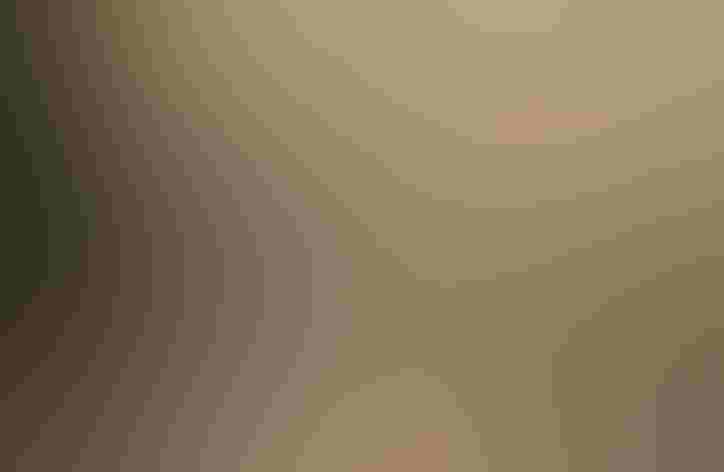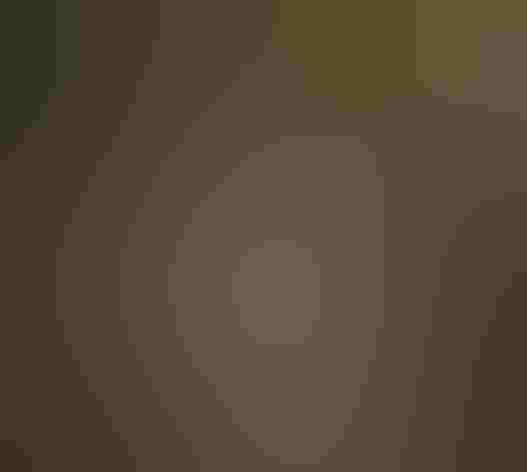Western Bluebird
At a Glance
In partly open terrain of the west, from valley farms and orchards to clearings in mountain pine forest, this bluebird is often common. In summer it is often seen perching alone on fence wires by open meadows, fluttering down to pluck insects from the grass. In winter, small flocks of Western Bluebirds are often heard flying overhead or seen feeding on berries in trees. Sometimes, as when juniper woods have heavy berry crops, the bluebirds may gather by the hundreds.
All bird guide text and rangemaps adapted from Lives of North American Birds by Kenn Kaufman© 1996, used by permission of Houghton Mifflin Harcourt Publishing Company. All rights reserved.
Category
Perching Birds, Thrushes
IUCN Status
Least Concern
Habitat
Arroyos and Canyons, Desert and Arid Habitats, Fields, Meadows, and Grasslands, Forests and Woodlands, High Mountains, Shrublands, Savannas, and Thickets, Urban and Suburban Habitats
Region
California, Northwest, Rocky Mountains, Southwest, Texas, Western Canada
Behavior
Direct Flight
Population
7.100.000
Range & Identification
Migration & Range Maps
Permanent resident in some southern areas; migratory in the north, arriving rather early in spring and lingering late in fall. Winter range varies from year to year depending on food supplies.
Description
6-7" (15-18 cm). Male deep purplish blue on upperparts and throat, reddish brown on chest and sometimes center of back; belly gray. Blue throat and gray belly are distinctions from Eastern Bluebird. Female much duller and grayer than male, with solid gray throat. Juvenile is spotted. Lazuli Bunting has white wing-bars, thicker bill.
Size
About the size of a Robin, About the size of a Sparrow
Color
Blue, Gray, Orange
Wing Shape
Rounded
Tail Shape
Notched, Square-tipped
Songs and Calls
Soft calls sound like phew and chuck. Song is a short, subdued cheer, cheer-lee, churr.
Call Pattern
Falling, Flat
Call Type
Chirp/Chip, Whistle
Habitat
Scattered trees, open conifer forests, farms; in winter, semi-open terrain, brush, deserts. Breeds in semi-open areas including pine woods, oak woods, streamside groves, ranch country, sometimes in pinyon-juniper woods, but avoiding hot dry regions. Winters in many kinds of open or semi-open habitats, especially in pinyon-juniper, also in desert, farmland, others.
Sign up for Audubon's newsletter to learn more about birds like the Western Bluebird
Behavior
Eggs
4-6, sometimes 3-8. Pale blue, unmarked; occasionally white. Incubation is by female, incubation period not well known.
Young
Both parents bring food to nestlings. Age of young at first flight is not well known, probably between 2 and 3 weeks. Probably 2 broods per year.
Feeding Behavior
Often forages by perching fairly low and flying down to ground to capture insects, sometimes hovering briefly before pouncing. May catch insects in mid-air, or may seek them among foliage. Perches or flutters among branches to take berries.
Diet
Mostly insects and berries. Insects make up majority of diet, especially in summer; feeds heavily on grasshoppers, caterpillars, beetles, ants, also many other insects. Berries and small fruits are important in diet especially in winter; among those eaten are fruits of mistletoe, juniper, and elderberry.
Nesting
Male typically arrives on breeding grounds before female, and defends nesting territory by singing. In courtship, male may flutter in front of female with wings and tail partly spread, while singing. Male may also feed female. Nest site is in cavity, such as natural hollow in oak or pine, old woodpecker hole, birdhouse, sometimes hole in building. Usually nests fairly low, rarely up to 50' above the ground. Nest in cavity is probably built mostly by female, but male may take part. Nest is a rather loose cup of twigs and weeds, lined with finer grass.
Conservation
Conservation Status
In recent decades, numbers have declined over much of range. Provision of birdhouses probably has not kept pace with loss of natural nest sites.
Climate Threats Facing the Western Bluebird
Choose a temperature scenario below to see which threats will affect this species as warming increases. The same climate change-driven threats that put birds at risk will affect other wildlife and people, too.










